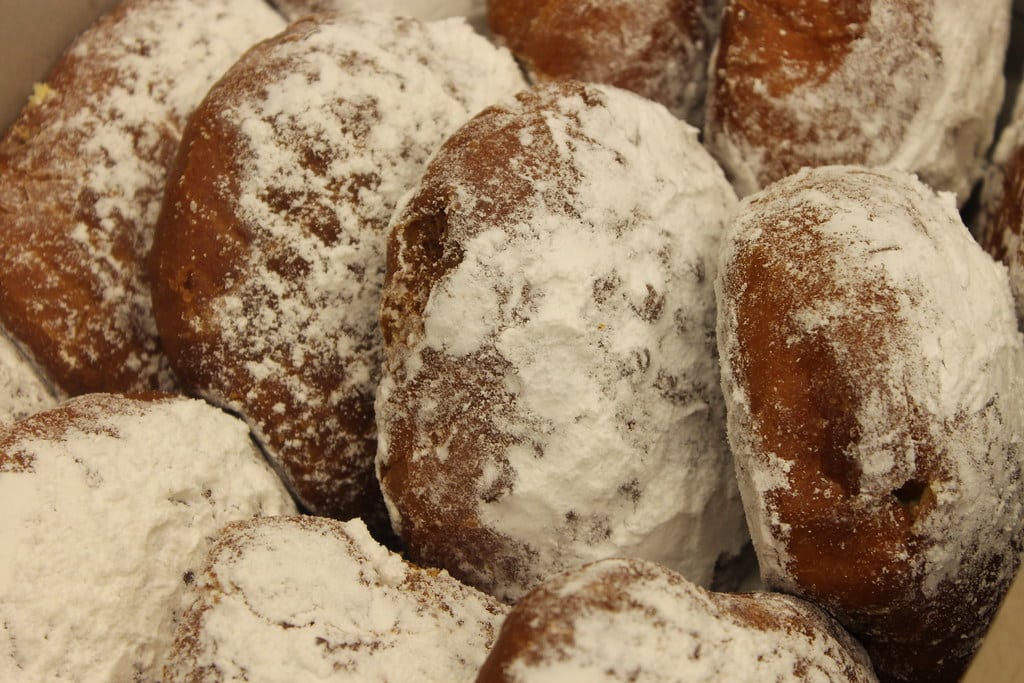

“What though the rose has prickles, yet ’tis pluck’d…” — Shakespeare, “Venus and Adonis”
I had to do a bit of research on William Shakespeare. His works are full of plant references, and thus fascinating for a botanist.
Of course, he wrote many references to roses, seemingly one of his very favorite flowers. Now, many of his rose mentionings involve those sharp things on the branches (what we Southerners like to call stickers), and most of the time he refers to them as thorns, which is wrong. He did get it right in the above quotation, though.
The stickers on a rose plant are what we botanists call prickles, which are usually broad-based structures with a sharp point, easily distinguished from the stem tissue on which they occur. A prickle is basically a modification of the skin (or epidermis) of the stem, and if you wanted to, you could probably pop one off the stem (carefully, and with gloves on) without breaking any connecting vascular tissue.
Spines are modified leaves, and the spines of a cactus would be a good example. Last, thorns are modified stems, and they, along with spines, do contain vascular tissue. Thorns also sometimes exhibit leaves, which further suggests their modification as stems.
The point (pun intended!) of all this is that roses, despite their famous stickeriness, do not bear thorns. They bear prickles. Not thorns. I know, I know… it seems a small matter, except for a botanist.
Our mystery plant produces plenty of long, sharp thorns. It’s a member of the rose family, actually, but not too closely related to roses themselves. This plant is native to Taiwan, and is very popular now in cultivation, along with several closely related species. It sometimes attains the stature of a small tree, and is often grown as a hedge.
The leaves are deep green, sort of strap-shaped, sometimes notched at the tip. The plants are partially evergreen, as they tend to hold on to a lot of their foliage throughout the winter, at least in the South.
The flowers are small and white, with five petals. Lots of flowers will be clustered together at blooming time, throughout the spring. The flowers are fragrant, a kind of stinky fragrance, but not too bad. Plenty of pollinators will be attracted to them.
Following the flowers, young green fruits develop, and anatomically, they resemble tiny little apples. Of course, as they develop, they will take on a very attractive color, a sort of red-orange (like the one in our front yard), but some cultivars will have brilliant scarlet fruits, or even yellow ones. Robins, mockingbirds, and cedar-waxwings gobble them up.
This species, probably because the birds like to spread the seeds around, can be a bit of a stickery nuisance, and it is in fact a bit invasive in various places.
Otherwise, it is a beautiful plant in terms of flowers and fruits, and is a useful wildlife food. The sharp thorns are potentially hazardous, such that retrieving a soft ball from such a hedge, or backing into one while mowing the grass, can be a memorable experience.
John Nelson is retired curator of the A.C. Moore Herbarium at the University of South Carolina. As a public service, the herbarium offers free plant identifications. For more information, go to www.herbarium.org or email johnbnelson@sc.rr.com.
Answer: Firethorn, Pyracantha, Pyracantha koidzumii
You must be logged in to post a comment.